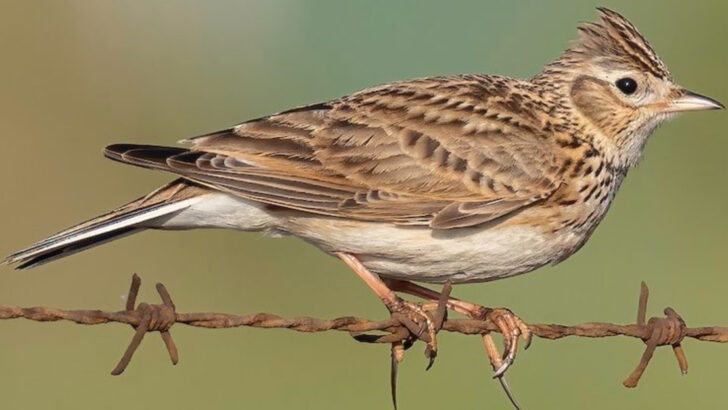Buckle up: America’s birdwatching scene is about to get a little more complicated.
You think you know the birds of the sky, but what if we told you some of those feathered friends don’t even belong here?
That’s right. America has been invaded—by birds.
These flying foreigners didn’t just happen to fly by.
They’ve taken over, perched, and set up shop across the country, leaving their mark on local ecosystems.
From the sneaky starlings to the resilient parakeets, these invaders didn’t just land—they’ve thrived.
But what happens when the wrong birds settle into a new habitat?
Well, that’s where things get interesting.
European Starling
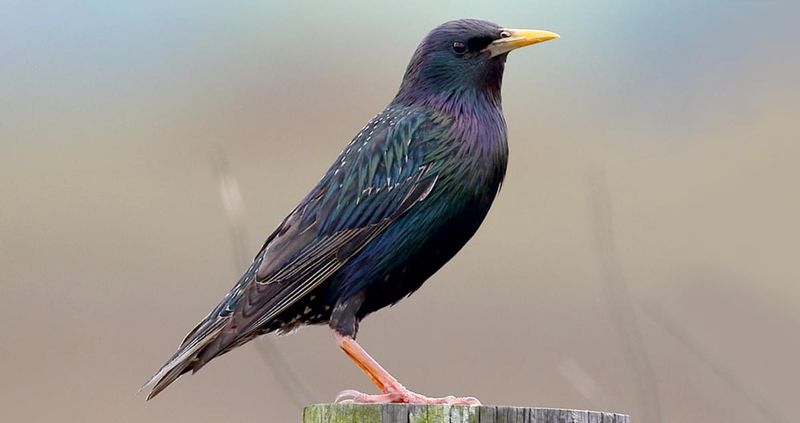
European Starlings might enchant you with their iridescent feathers, but these birds are anything but charming when invasive. Introduced to North America in the 19th century, they adapt quickly and thrive in urban environments.
Their aggressive nature often leads them to outcompete native birds for nesting sites and food. This has caused a significant decline in some native bird populations.
Their large flocks can also be noisy and disruptive, not to mention the damage they can cause to crops. They’re a perfect example of how a seemingly beautiful bird can cause chaos in a new environment.
House Sparrow
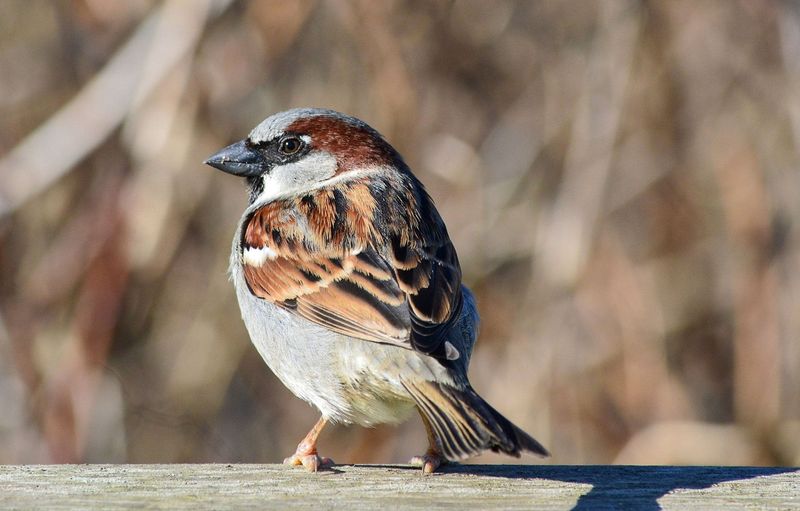
Chances are you’ve seen House Sparrows hopping around city streets, but did you know they’re actually invaders? Originating from Europe and Asia, these small but tenacious birds were introduced to North America in the 1800s.
With a knack for adaptation, they thrive in urban areas, often at the expense of local species. Their competitive nature makes them formidable opponents for native birds in the battle for food and nesting spots.
Interestingly, their cheerful chirps mask the disruption they cause, proving that appearances can indeed be deceiving in the avian world.
Mute Swan

The Mute Swan’s elegance is undeniable, yet these birds are a controversial presence in North America. Originally from Europe, they were introduced to adorn parks and estates with their beauty.
However, their aggressive behavior and voracious appetite for aquatic vegetation have made them problematic. They can decimate wetland habitats, outcompete native waterfowl, and even pose risks to human activities.
Despite their serene appearance, Mute Swans are a reminder of how introduced species can unexpectedly alter an ecosystem’s balance.
Rock Pigeon
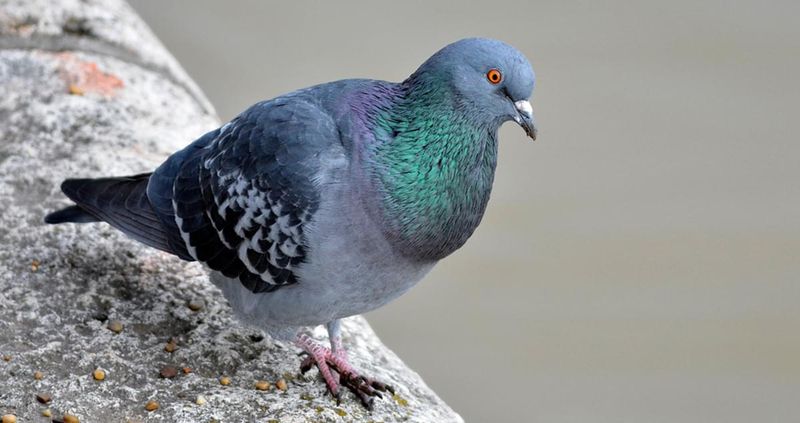
Synonymous with urban landscapes, Rock Pigeons are often considered pests. Brought to North America by European settlers, these birds have established themselves in cities and towns across the continent.
Their adaptability is impressive, but their droppings can damage structures and create health hazards. In addition, they outcompete native bird species in urban environments, altering local dynamics.
While they may seem harmless, Rock Pigeons highlight how invasive species can comfortably integrate into human environments, often to the detriment of native wildlife.
Eurasian Collared-Dove
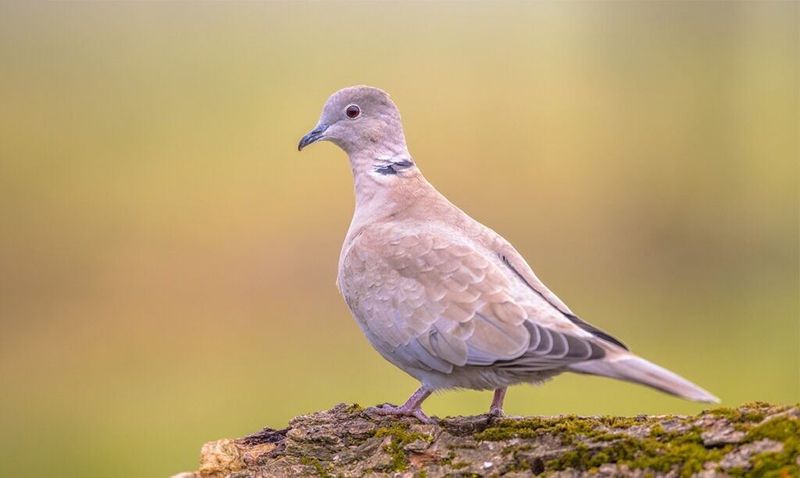
Eurasian Collared-Doves are a fairly recent invader, but their impact is already being felt. These doves arrived in North America during the late 20th century and have spread rapidly across the continent.
Their adaptability allows them to thrive in varied environments, from urban areas to countryside settings. Unfortunately, their presence can disrupt local bird communities, as they compete for food and nesting sites.
Despite their soft calls and gentle appearance, Eurasian Collared-Doves signify the ever-changing dynamics of avian populations worldwide.
European Goldfinch
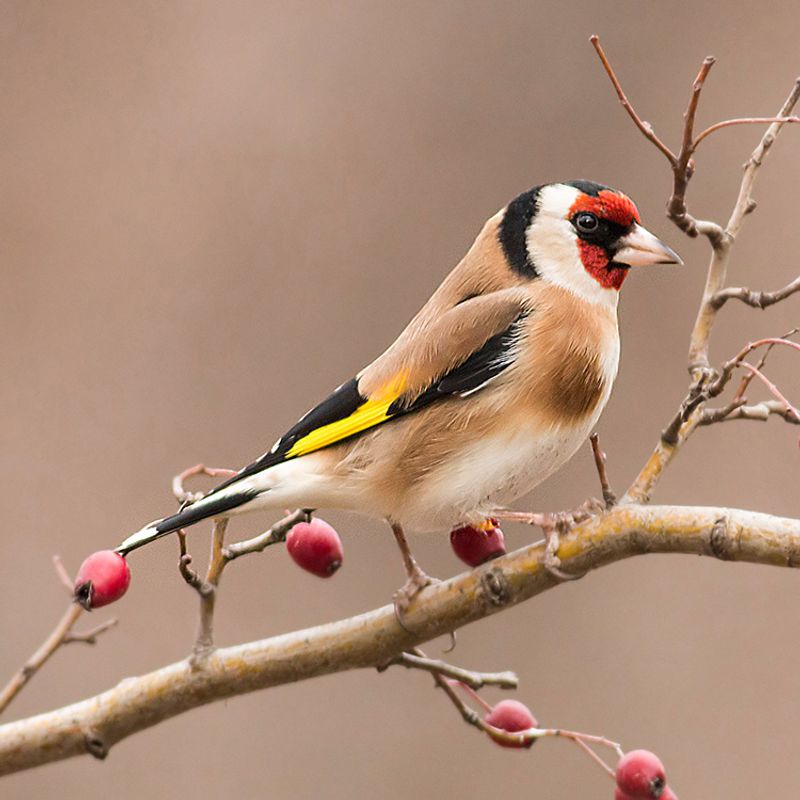
The vibrant European Goldfinch may catch your eye in a garden, but it’s an invader nonetheless. Native to Europe, it has been introduced to various parts of the world, including North America.
While their colorful plumage adds beauty to landscapes, these finches can pose threats to native bird species through competition for resources. Their presence reflects how human activities can inadvertently affect local ecosystems.
Although they bring a splash of color, European Goldfinches remind us of the delicate balance between beauty and ecological disruption.
Red-vented Bulbul
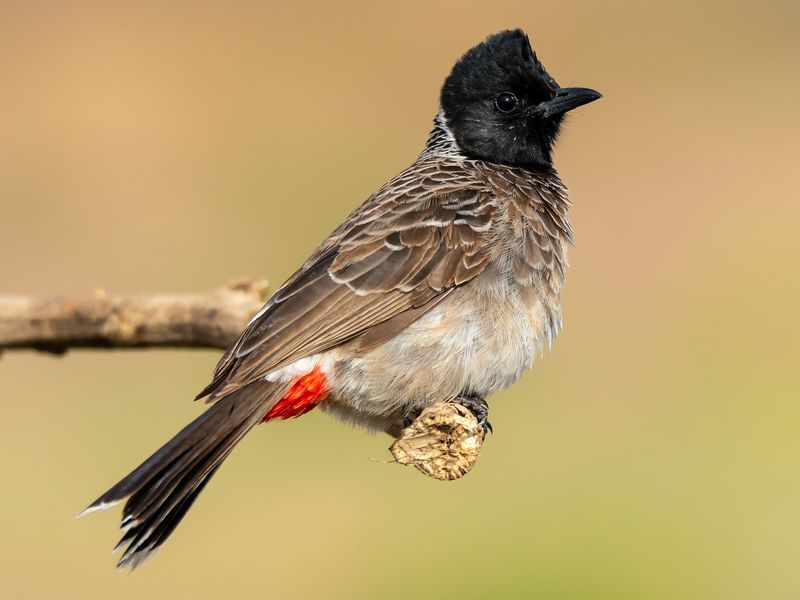
With its distinctive call, the Red-vented Bulbul is hard to ignore. A native of South Asia, this bird has spread to various parts of the world, including North America, primarily through human assistance.
Its adaptability allows it to thrive in diverse environments, often at the expense of local species. This aggressive competitor can disrupt local ecosystems by outcompeting native birds for food and nesting sites.
The Red-vented Bulbul serves as a reminder of the unintended consequences of introducing species to new environments.
Common Myna
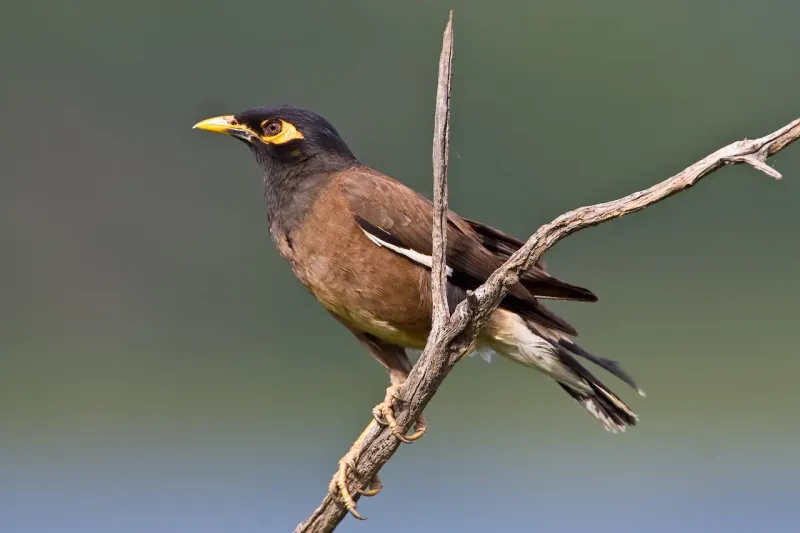
The Common Myna is known for its adaptability, thriving in urban environments where other birds struggle. Native to South Asia, it has spread to many countries, including parts of North America.
Their cleverness and bold nature help them outcompete native species for resources. Their increasing presence in cities poses challenges for local bird populations and ecosystem balance.
Despite their lively demeanor, Common Mynas demonstrate how adaptable species can thrive at the expense of native wildlife.
Rose-ringed Parakeet
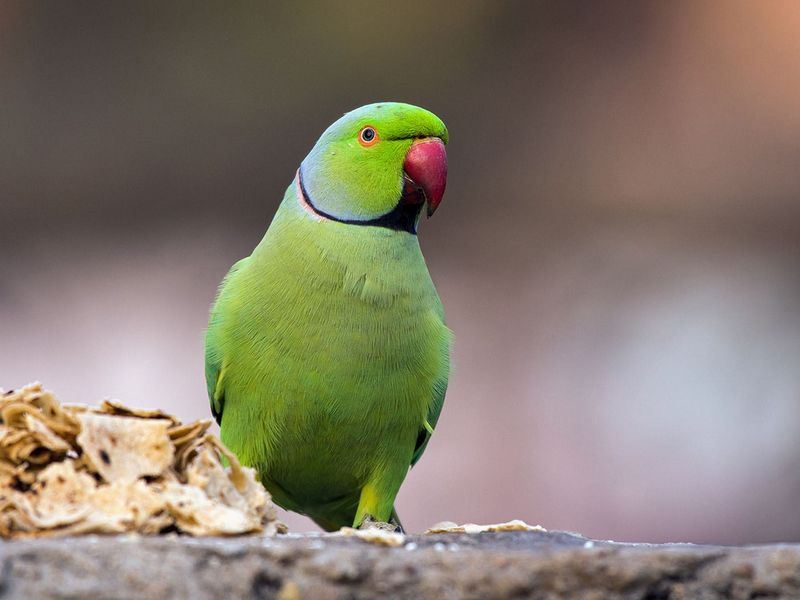
Rose-ringed Parakeets are striking birds, easily recognized by their bright green plumage and distinctive calls. Originally from Asia and Africa, they have established populations in North America due to escape from captivity.
These energetic birds often form large flocks, which can be noisy and disruptive in urban areas. They compete with native species for food and nesting sites, challenging local ecosystems.
Their presence highlights the impact of the pet trade on avian diversity and the potential for escaped pets to become invasive threats.
Eurasian Skylark

The Eurasian Skylark is renowned for its beautiful song, which can brighten any day. Native to Europe and Asia, these birds have been introduced to North America in the past.
While their songs may be enchanting, their presence can impact local bird populations by competing for resources and habitats. This demonstrates how even musical invaders can unbalance ecosystems.
Eurasian Skylarks remind us that the spread of non-native species, no matter how delightful, can disrupt natural harmony.
Zebra Finch

Zebra Finches, with their distinctive black and white stripes, are popular pets around the world. However, when they escape captivity, they can become invasive, as seen in parts of North America.
These lively birds adapt well to new environments, often forming colonies that can outcompete local species for resources. Their presence in the wild serves as a cautionary tale about the repercussions of the pet trade.
Despite their charming appearance, Zebra Finches highlight the complex interplay between human activities and wildlife conservation.

